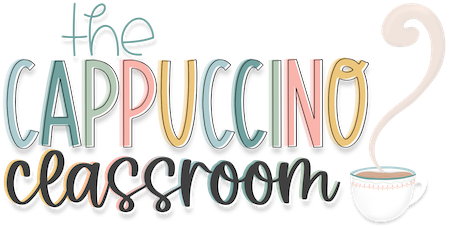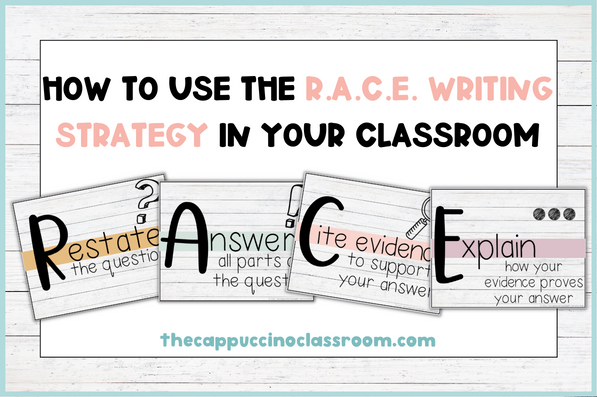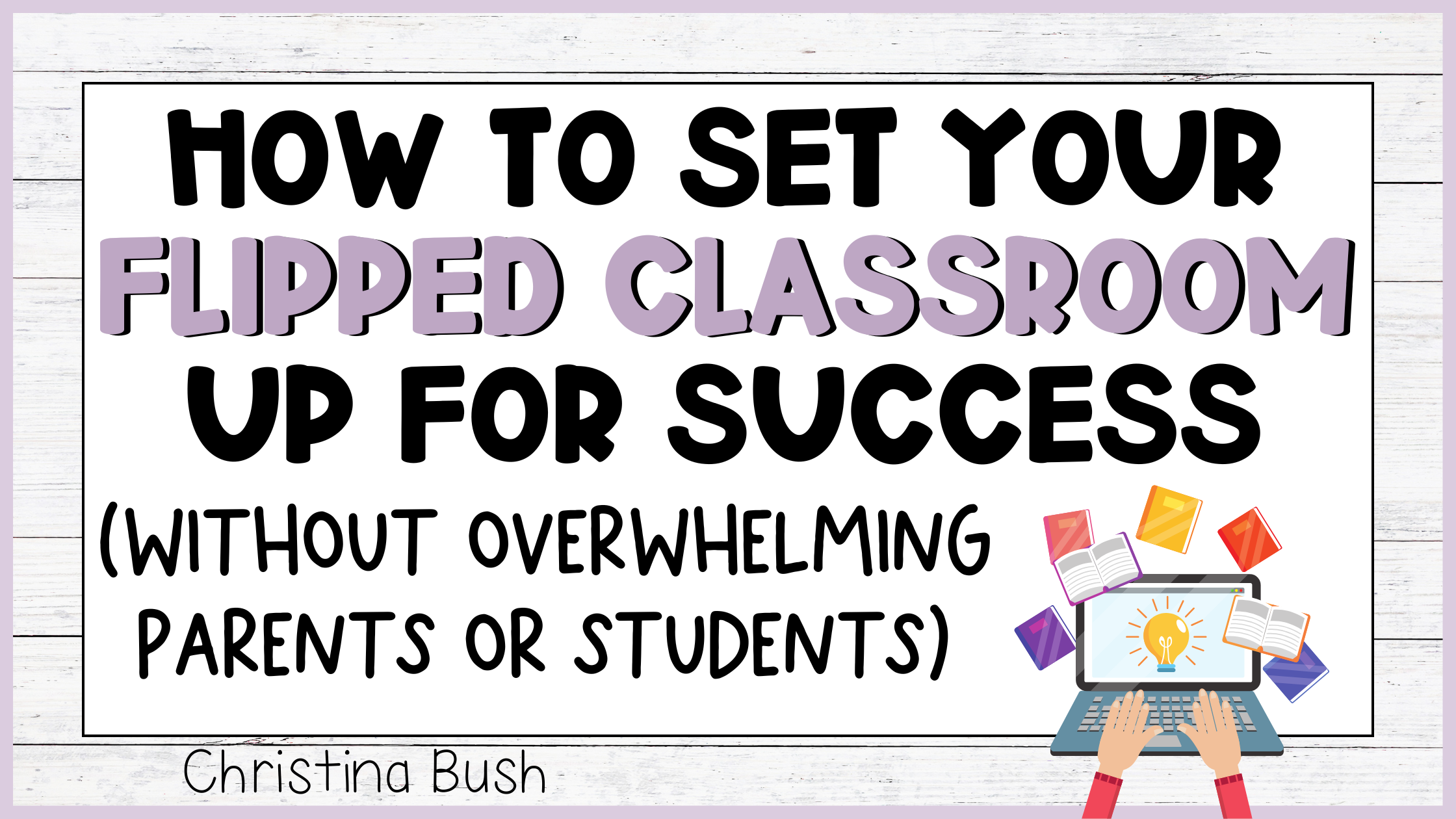
Flipping your classroom can be one of the most exciting instructional shifts you’ll make as a teacher — but let’s be honest: the first time you roll it out can feel like chaos.
I remember launching flipped learning in my middle school classroom and immediately getting emails like, “What even is a flipped classroom?” and “Is this just more homework?” Meanwhile, some of my students looked totally lost after the first video assignment.
Sound familiar?
The good news? It doesn’t have to be that way.
Over the years, I’ve learned that the secret to a successful flipped classroom isn’t just great video lessons — it’s setting clear expectations and communicating them early and often. Today, I’m sharing some of the easiest ways to do just that — and how a simple student-parent guide changed everything for me.
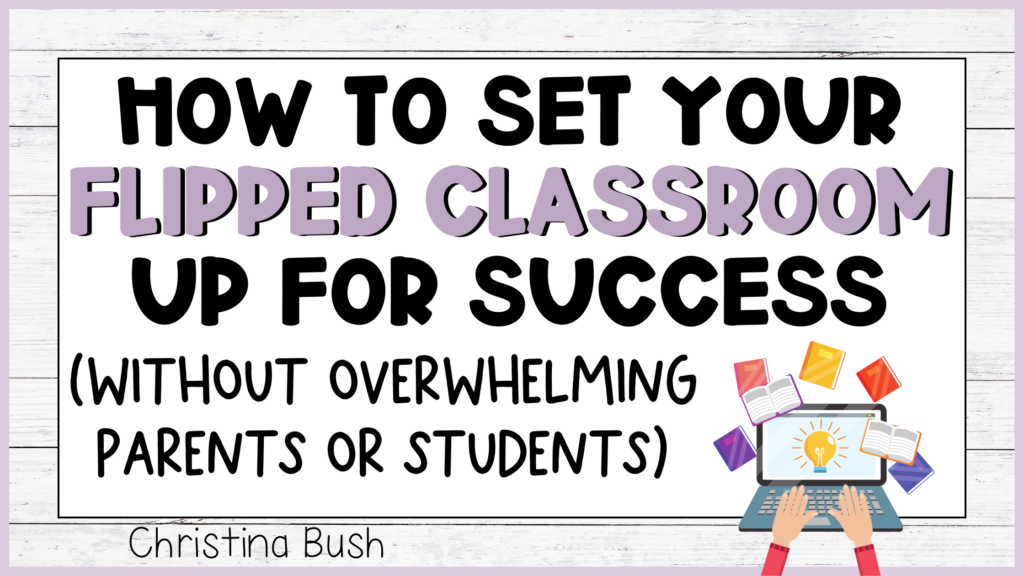
1. Demystify the Flipped Classroom for Students and Families
Let’s start with the basics. A flipped classroom is more than just watching videos at home — it’s a shift in how students engage with content.
In this model, students are introduced to new material before class (usually through short videos or readings), and then use class time to practice, apply, and discuss. Think: less lecture, more interaction.
But here’s the catch — if students or parents don’t understand why you’re doing this, or how it benefits them, they’re more likely to tune out or push back.
That’s why I make it a point to clearly explain what flipped learning is (and what it’s not) on Day 1. I use student-friendly language like:
- “You’ll get to learn at your own pace.”
- “You can pause and rewind — something you can’t do in live lectures!”
- “Class time becomes all about practicing and getting help.”
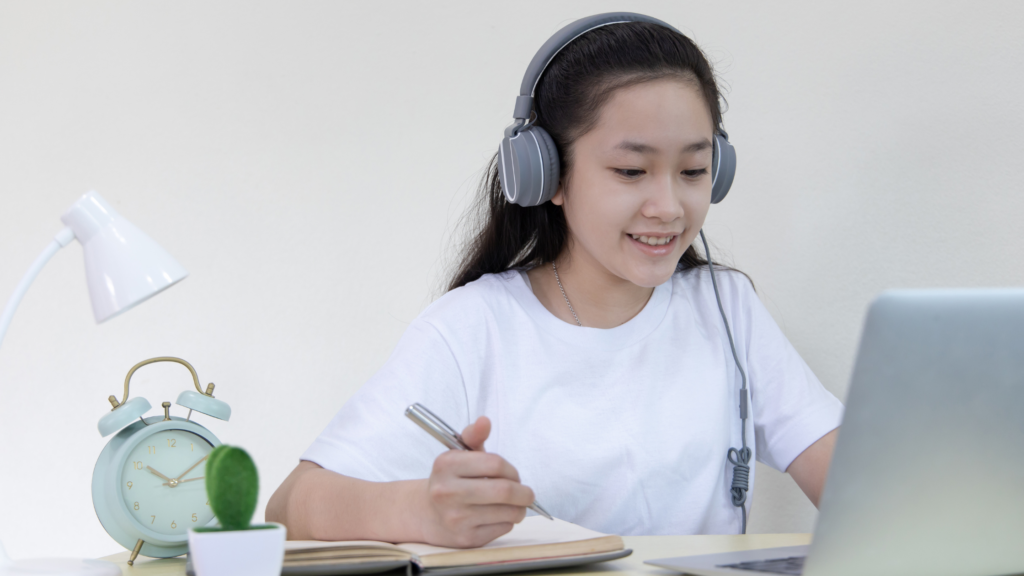
2. Clarify Student Expectations from the Start
A flipped classroom thrives on routine. Students need to know what’s expected of them when they watch a video or read assigned material.
Some simple expectations I establish:
- Watch the video lesson (or complete the reading) before class.
- Take guided notes or jot down questions.
- Come to class ready to apply what you learned.
Pro tip: I love using a short “comprehension check” or reflection prompt after the video — it keeps students accountable while giving me quick insight into what stuck (and what didn’t).
If students need a reminder halfway through the year (because let’s be real — it happens), we revisit the same expectations we set on Day 1. Consistency is key!

3. Build Buy-In with a Simple Parent Resource
Here’s where things really started to shift in my classroom: I created a parent-student guide that broke down everything they needed to know about the flipped model.
It includes:
- A simple explanation of what a flipped classroom is
- Student expectations (in and out of class)
- Ways parents can support at home
- FAQs about tech access, homework, and more
When I started sending this guide home and uploading it to Google Classroom, I immediately noticed fewer emails and more supportive conversations with families. Parents appreciated the transparency. Students felt more prepared.
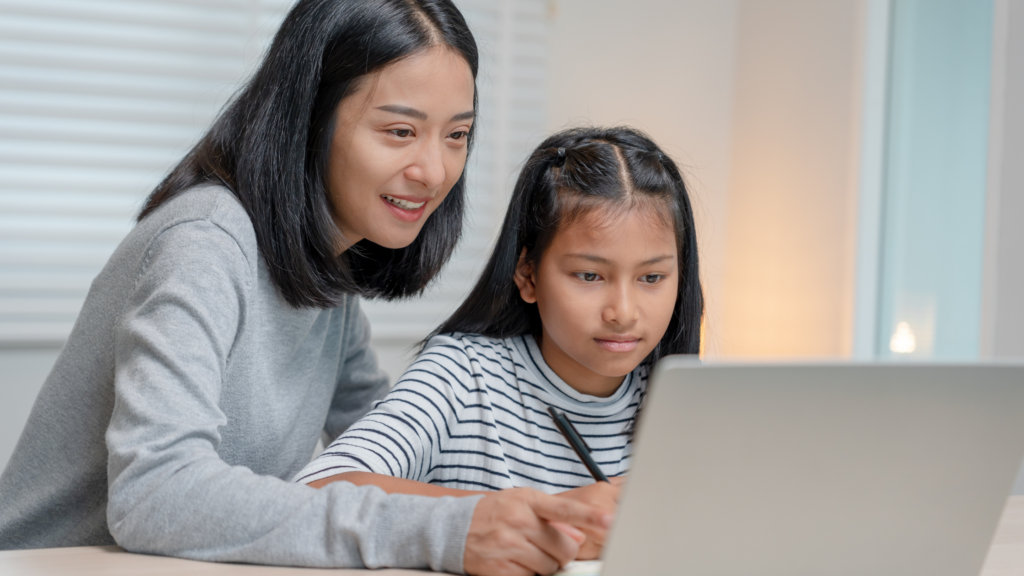
4. Share the Model in Action: One Small Lesson at a Time
One of my favorite ways to introduce flipped learning is actually in class — I’ll play a short video lesson and tell students to try taking notes without pausing the video.
At the end, I ask how many of them missed something or felt rushed. (Spoiler alert: lots of hands go up.)
That’s when I point out the magic of flipped learning: you’re in control of the pace. You can pause, rewind, and review as many times as you need. That moment always helps students see the value of the method.
💡 Real-Life Time-Saver: The Editable Flipped Classroom 101 Guide
When I started flipping my classroom, I was constantly answering the same questions over and over. That’s what inspired me to create the Editable Flipped Classroom 101 Guide.
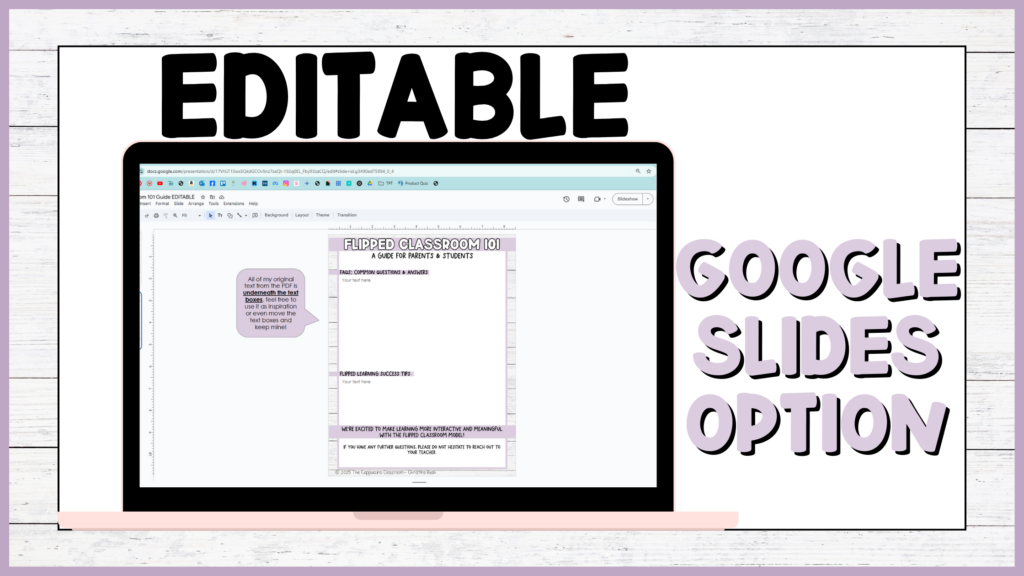
This printable and digital resource walks students and parents through:
- What flipped learning is
- What’s expected of them
- How they can succeed
- Common questions and how to troubleshoot them
It’s fully customizable, so you can tweak it to match your exact classroom structure and even revisit it mid-year or use it for new students. I use it at the beginning of every year — and it has become one of the most valuable tools in my flipped classroom toolkit.
🎉 Want to try a version of the guide for free?
You can download the non-editable PDF version when you join my teacher email list here — it’s the perfect way to test it out and introduce flipped learning without starting from scratch!
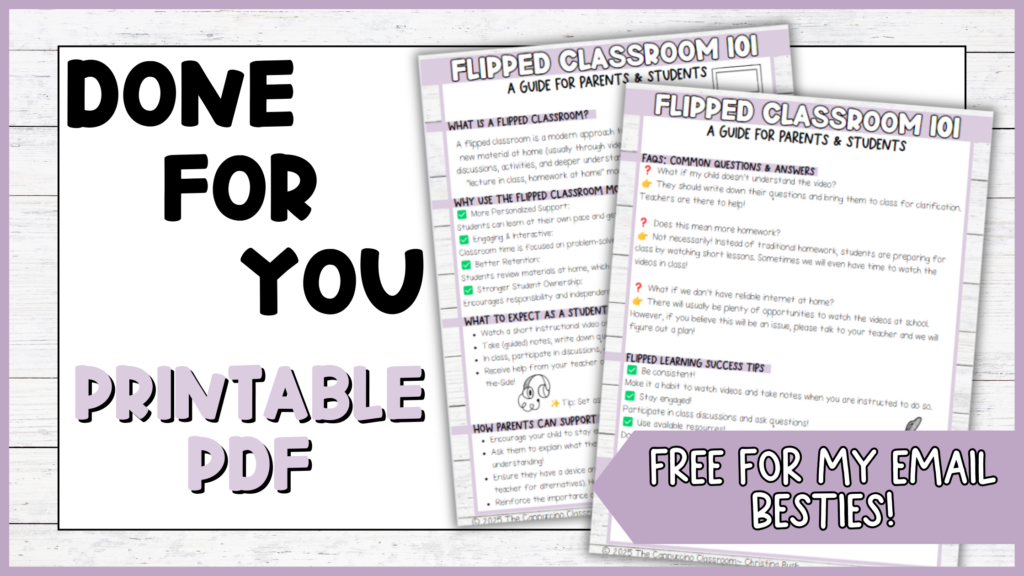
Already loving it? The editable version lets you customize it to match your exact classroom needs year after year.
💬 Let’s Chat!
Have you tried flipped learning before — or are you thinking about it?
What’s the biggest challenge you’ve faced when introducing it to families?
Drop a comment below or connect with me on Instagram — I’d love to hear your story!
✅ Ready to Flip Without the Flop?
Start your flipped learning journey on the right foot — with confidence, clarity, and support for every student and parent.
👉 Grab the Editable Flipped Classroom 101 Guide here and make this transition smoother than ever.
📬 Want to Try the Flipped Classroom Guide for Free?
You can grab a free, non-editable PDF version of the Flipped Classroom 101 Guide when you sign up for my email list here! You’ll get a helpful preview and exclusive access to more freebies, tips, and time-saving tools for your classroom.
